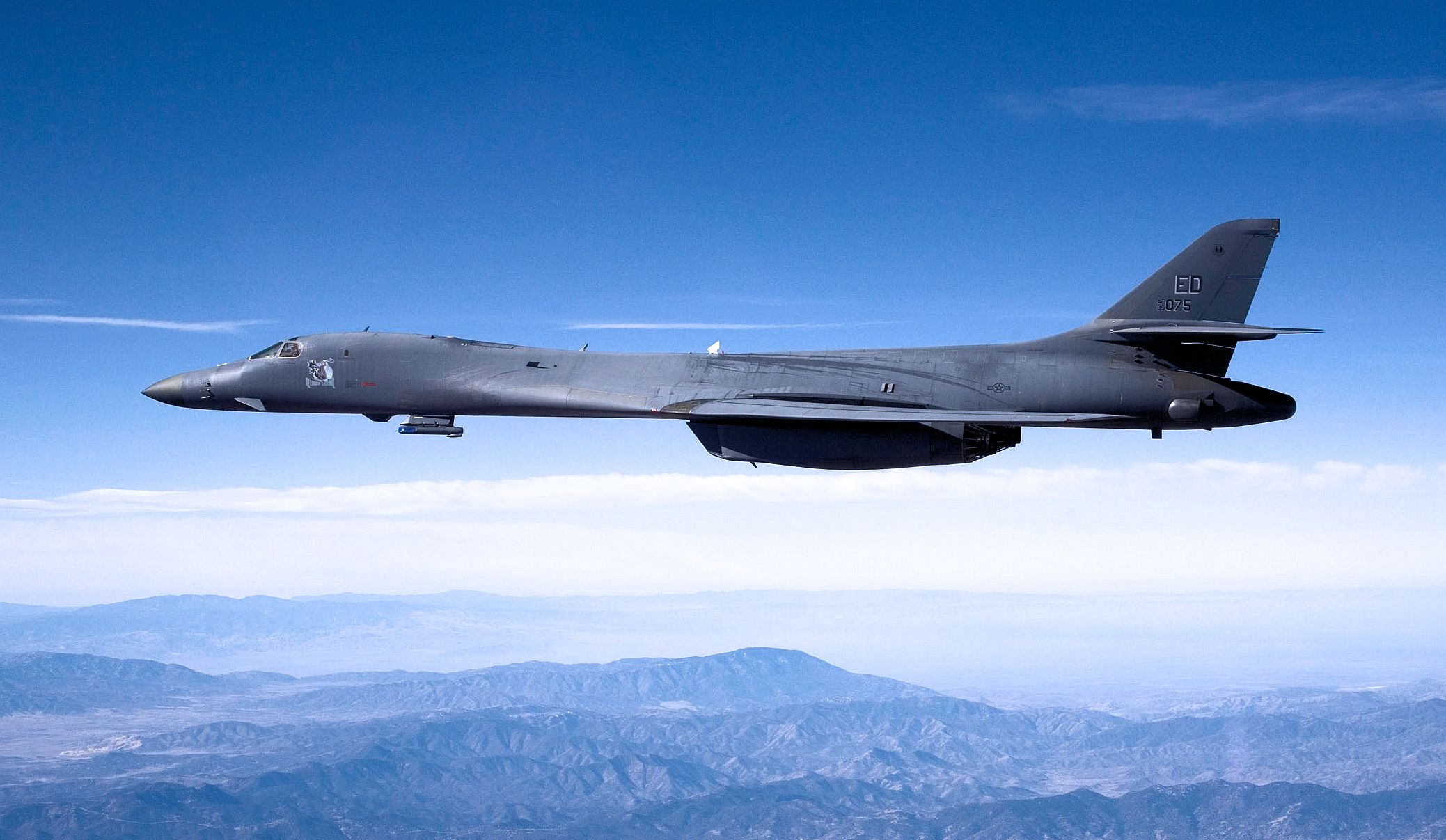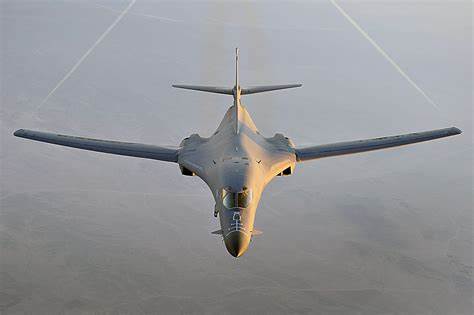
The desert sands of Arizona, a backdrop more befitting the final resting place of aviation relics, is giving life back to a dormant giant of the skies.

The B-1B Lancer, known affectionately as “Lancelot,” has been called back to duty from “Boneyard” — the Aerospace Maintenance and Regeneration Group at Davis-Monthan Air Force Base.

This resurrection comes after an engine explosion caused over $15 million in damages to another B-1 during routine maintenance at Dyess Air Force Base in Texas, sending an airman to the hospital with minor injuries.

Joseph Stupic, senior materiel leader at the B-1 program office, explained the selection of Lancelot for revival, stating, “This was the one that was probably the best for not requiring as much work.”

Lancelot’s return is part of a broader narrative that envelops the U.S. Air Force’s evolving bomber force, with modern marvels like the B-21 Raider on the horizon and older models like the B-1B Lancer and B-2 Spirit heading toward retirement.

The comeback of Lancelot is a significant event, given that the last time defunct Lancers were recalled was in 2004.

It’s a complex undertaking involving teams from Dyess’ 7th Bomb Wing, Tinker Air Force Base’s 76th Expeditionary Depot Maintenance Flight, and 569th Egress Flight, among others.

Master Sgt. Michael Wusstig, from the 76th Aircraft Maintenance Group, highlighted the aircraft’s good condition, remarking, “On this aircraft specifically, we didn’t find anything that raised any kind of red flags.”

Lancelot’s revival from a high preservation status at the Boneyard underscores a pragmatic approach to resource management within the Air Force.

The technological leap embodied in the forthcoming B-21 has stirred debate.

Analysts argue the planned 100 Raiders might be inadequate.

Airpower analyst Christopher Bowie insists, “The B-21 will be asked to do so much in a conventional war that if there is a threat the conflict will go nuclear, this would generate significant dilemmas for our nation’s leaders.”

Named in honor of the brave men who participated in the Doolittle Raid on Tokyo in 1942, the B-21 Raider plays a crucial role in the U.S. Department of Defense’s efforts to modernize America’s nuclear triad.

Designed to serve as a versatile battle manager, intelligence-gathering platform, and interceptor aircraft, the Raider is poised to set new standards in its category upon its deployment.

Amid these discussions, the U.S. Air Force Chief of Staff Gen. David W. Allvin has indicated a cautious approach, noting that the complete production of 100 B-21 bombers may not occur until the mid-2030s or beyond, as new technological advancements could arise by then.
Relevant articles:
– B-1 bomber rises from the ‘Boneyard’ to rejoin the Air Force’s fleet, militarytimes.com
– B-21 Raider: Will The U.S. Air Force Built Enough New Bombers?, The National Interest
– B-1 and B-2 Bomber Spending to Dwindle as Focus Shifts to B-21, B-52, Air & Space Forces Magazine
– USAF Confirms Plans For 100 B-21s While Already Looking To The Future, The Aviationist
